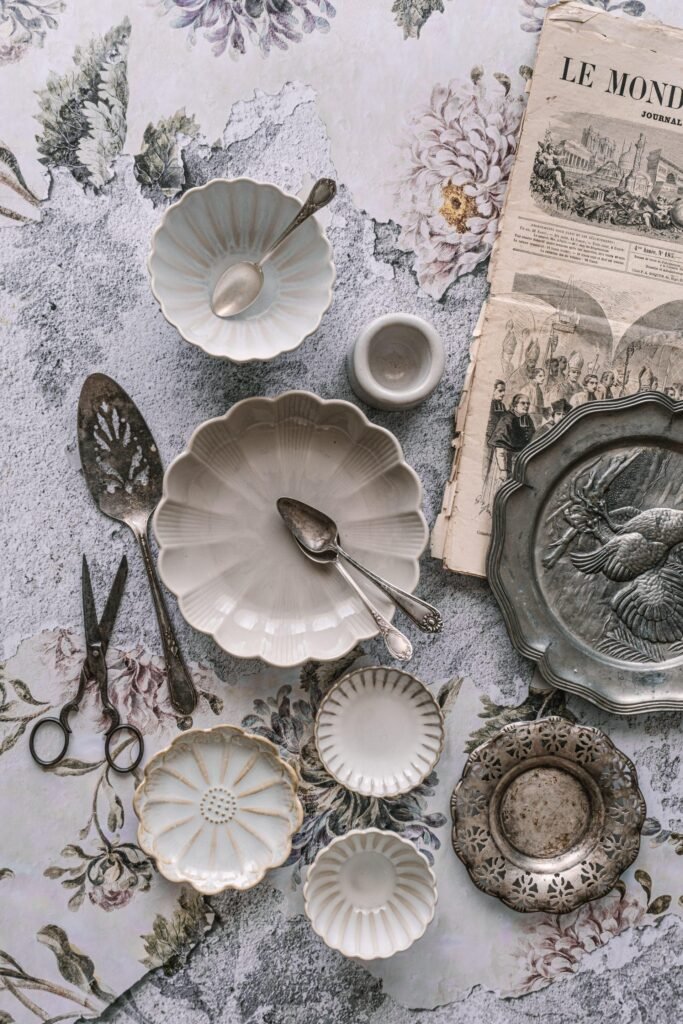
Food photography is more than just capturing a dish; it’s about telling a story, evoking emotions, and making the viewer feel as though they can taste the food through the image. To achieve this, effective food styling is paramount. Here are five essential tips to enhance your food photography:
- Style the Moment, Not Just the Dish
Effective food styling goes beyond arranging ingredients; it’s about setting a scene that invites the viewer into a moment. Consider the atmosphere you want to convey—be it a cozy brunch, a festive dinner, or a casual snack. Incorporate elements like table settings, lighting, and props that complement the dish and enhance the narrative. This approach transforms a simple photograph into a compelling story.
- Embrace Change and Evolution
Stagnation can lead to uninspired work. Embrace change by experimenting with new techniques, ingredients, and styles. This could mean trying different plating methods, exploring seasonal ingredients, or altering your editing style. Keeping your work fresh and evolving not only improves your skills but also keeps your audience engaged and excited about your content.
- Play and Experiment
Don’t be afraid to make mistakes. Playfulness and experimentation are key to discovering new styles and techniques. Try different compositions, lighting setups, and angles. Observe how various elements interact within the frame and learn from each setup. This hands-on approach fosters creativity and helps you develop a unique photographic style.
- Understand the Importance of Lighting
Lighting is the cornerstone of any great photograph. Natural light, especially during the golden hours—shortly after sunrise and before sunset—can add warmth and depth to your images. Position your setup near a window or use diffusers to soften harsh light. Experiment with backlighting, side lighting, and reflectors to create mood and highlight textures in your food.
- Use Props Thoughtfully
Props can enhance the storytelling aspect of your photos but should not overshadow the main subject. Choose props that complement the dish in color, texture, and theme. For instance, rustic wooden boards can add warmth to a hearty stew, while delicate china can elevate a refined dessert. Ensure that props are clean and relevant to the scene you’re depicting.
By implementing these tips, you can elevate your food photography, making it more engaging and visually appealing. Remember, the goal is to create images that not only showcase the food but also evoke a sensory experience for the viewer.
